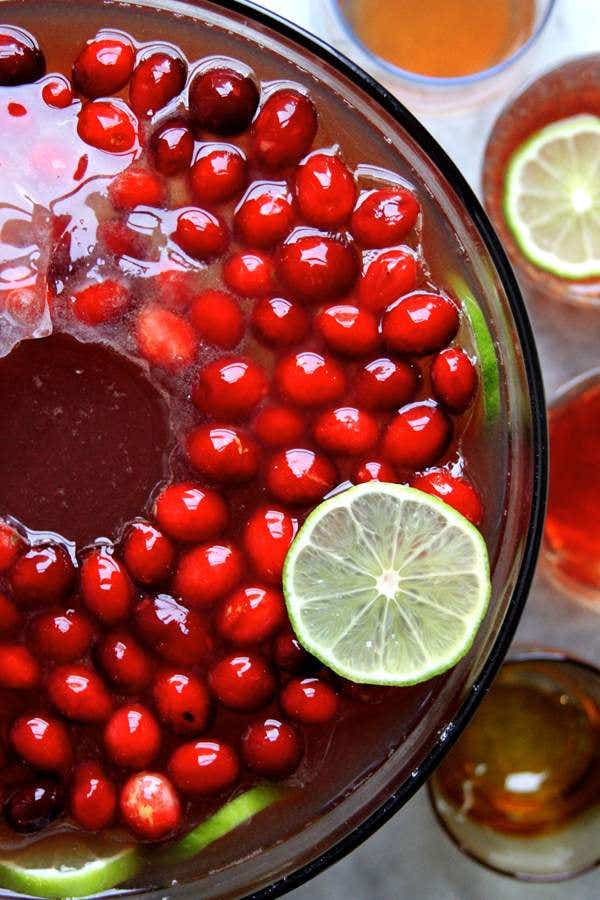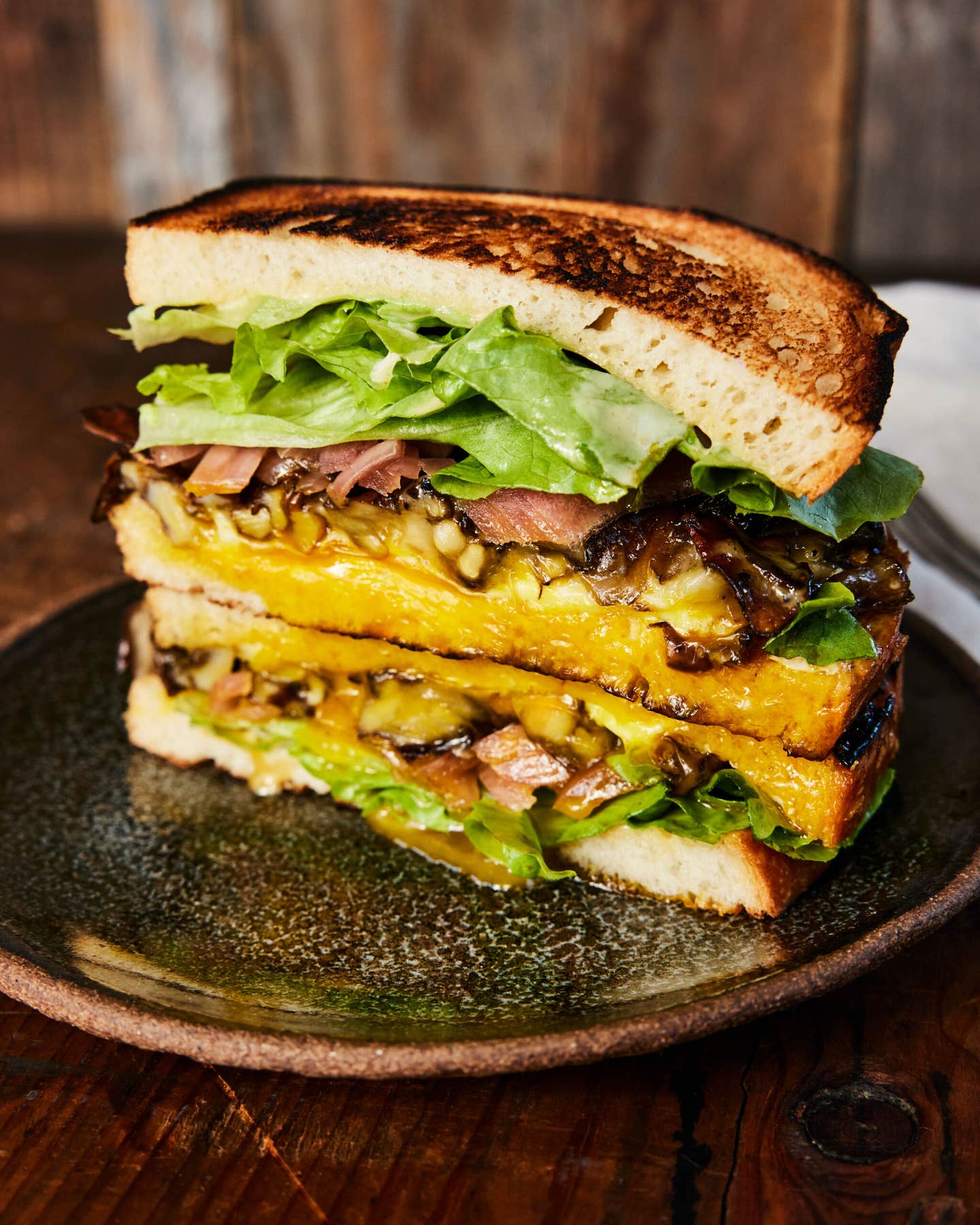
Craisins are the Reanimated Corpses of Your Cranberry Sauce Leftovers
How a century of creative solutions to food waste has made the most of the most American fruit
Tomorrow, 94 percent of Americans will slice the top off a can of cranberry sauce and overturn its ribbed, quivery contents onto a serving plate. Some of us will slice it. Others will smoosh it into a mound of stuffing and potatoes. Some might paste it onto rolls or toasted bread for a late night turkey sandwich. The point is, soon you will come face to face with cranberry sauce (and then promptly forget about it until next year).
Thank (or blame) New England, where for about 100 years cranberries have been an explosively popular form of agriculture. In the early 20th century, farmers converted swamps and wetlands into prime cranberry-growing territory, and soon the little fruits became big players in the local economy. Today, cranberry farms cover over 14,000 acres in Massachusetts alone, with 65,000 acres of protected space for cranberry ecosystems alongside that. “If you fly over Massachusetts during cranberry season, it’s completely red,” says Adrienne Mollor, a second-generation farmer in Bridgewater, MA, who grows for Ocean Spray and just finished harvesting her 883 acres last week.
Because cranberries are a perennial crop whose vines can last up to 100 years, cranberry farms, once booming, had an over abundance when the growing season ended. Hence, cranberry sauce, which emerged on the American mass market in the early 1910s as a way to make the most of the season’s production.
Today, Ocean Spray, the country’s most recognizable cranberry company, produces 70 million cans of cranberry sauce (75 percent of those jellied versus whole) and sells 80 percent of those cans for Thanksgiving. Beyond that, the company’s been known historically for its juices and concentrates. My question is: After all the sauce has been jell-ified and the juice juiced, what happens to all of those leftover cranberry hulls?
“We’ve always strived to get economic value out of the cranberry,” says Kellyanne Dignan, a communications representative for Ocean Spray. A cooperative-owned company of over 700 cranberry farms, Ocean Spray has an obligation to wring as much juice from the berry as possible. “The growers receive the margin all along the way in added value,” says Dignan. And by added value, she means Craisins. Where once cranberry hulls were hauled away by farmers for cattle feed or compost, they’re now retained, juiced, pumped with a bit of the leftover juice, dried, and then sold as Craisins. (Some hulls are also processed into pomace, a supplement powder rich in polyphenols.) It’s a brilliant solution to a big food waste problem, and a hugely successful one, giving cranberry growers profits from an added value product that—before zombi-fication—was simply thrown away.
But Craisins are so successful that they're actually posing a new problem for the industry. Thanks to the American public's ravenous demand for Craisins, Ocean Spray now faces a glut of cranberry juice on the market. "There's a lot of inventory in cranberry juice right now," says Dignan. "Cranberry growers are good at growing cranberries."
Traditionally, Ocean Spray has been a pretty good innovator, monitoring watersheds, reducing packaging waste, and integrating renewable energy. So now that the cycle has come full circle, from preserving cranberries via wobbly sauce to juicing them for concentrates, the industry is working to consider what comes next. Or as Dignan says, “To leave no berry behind.”
Our advice: drink up.
Keep Reading
Continue to Next Story










